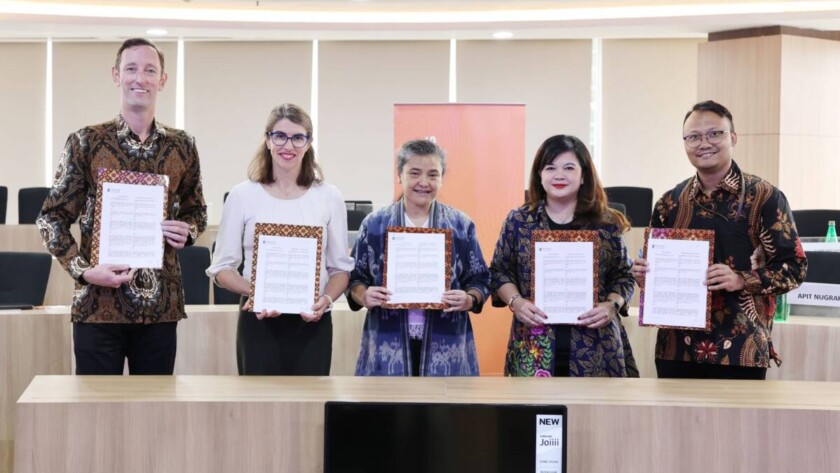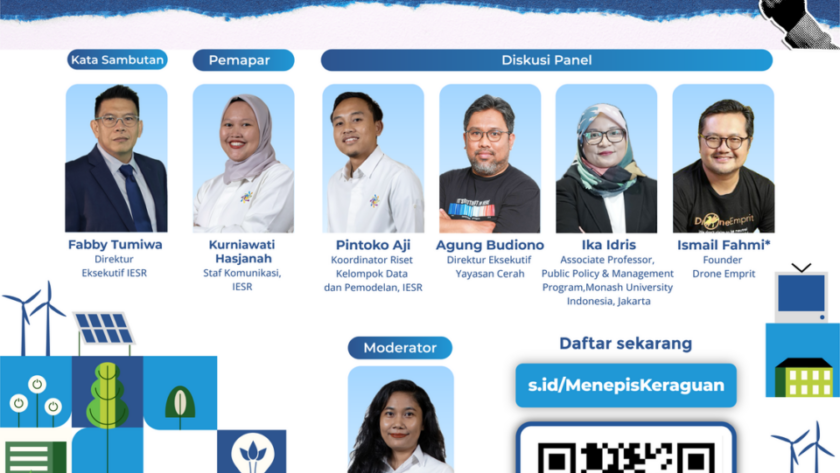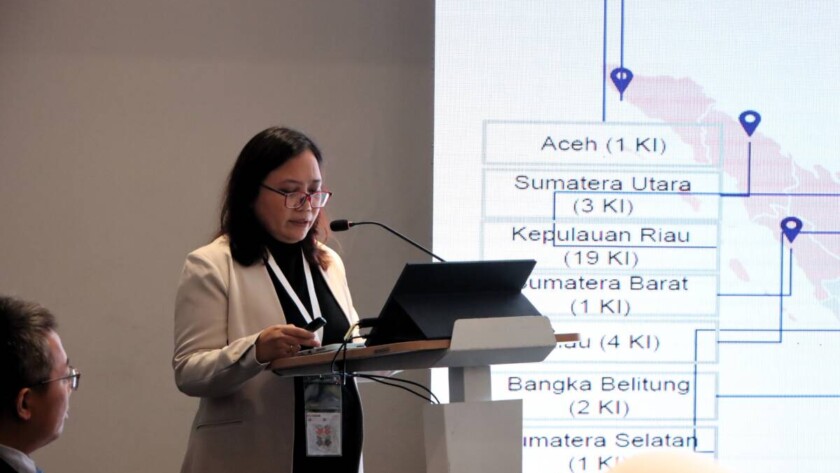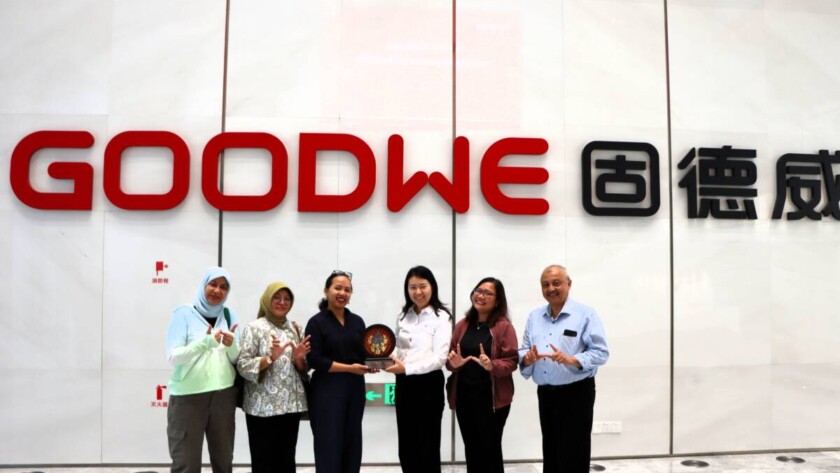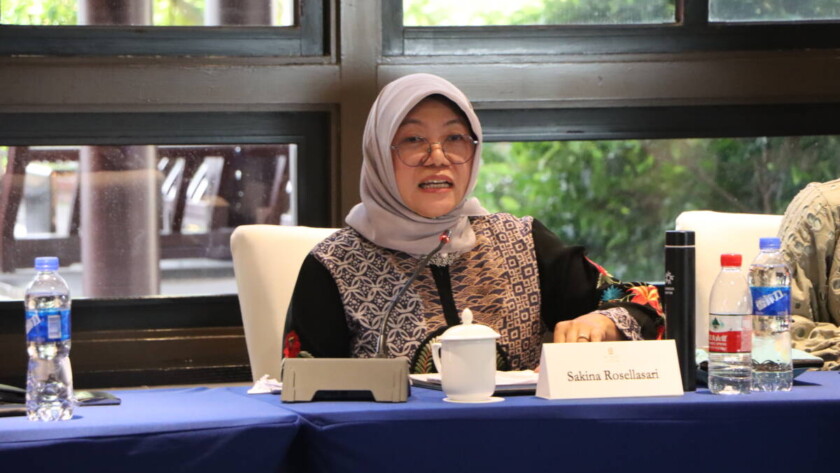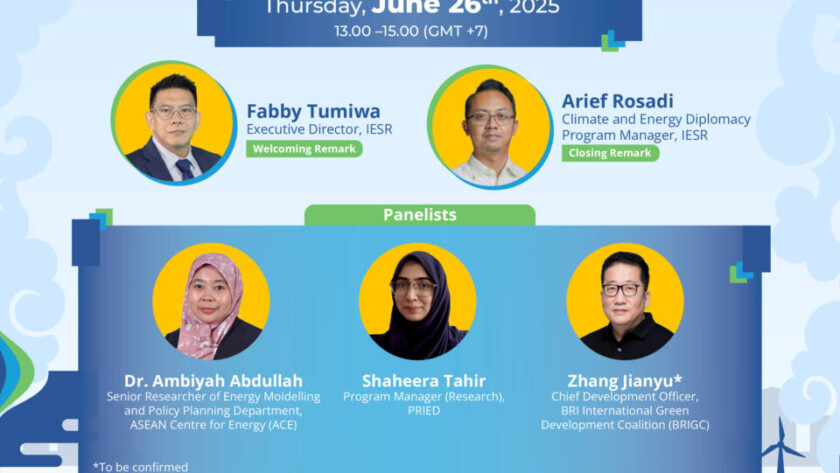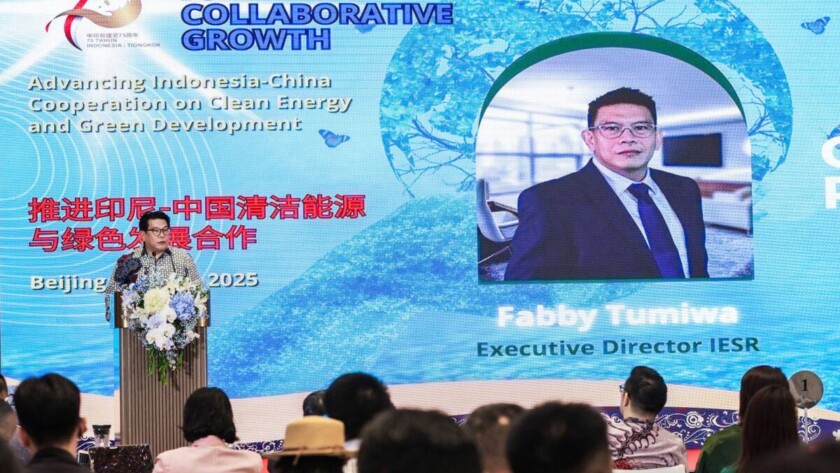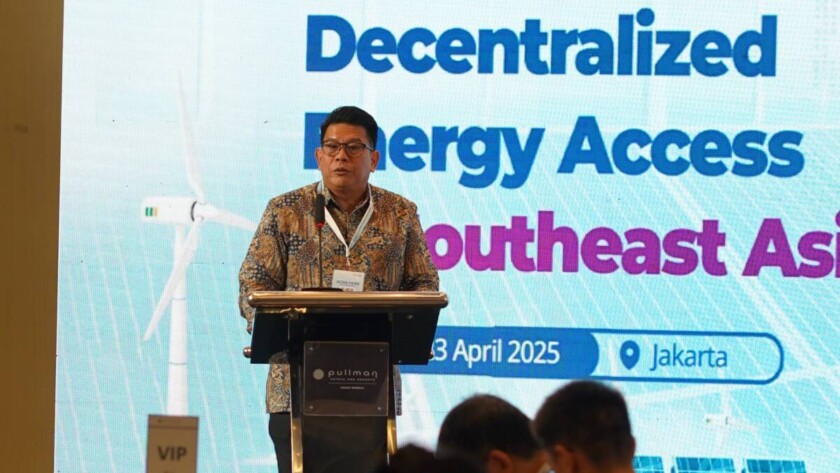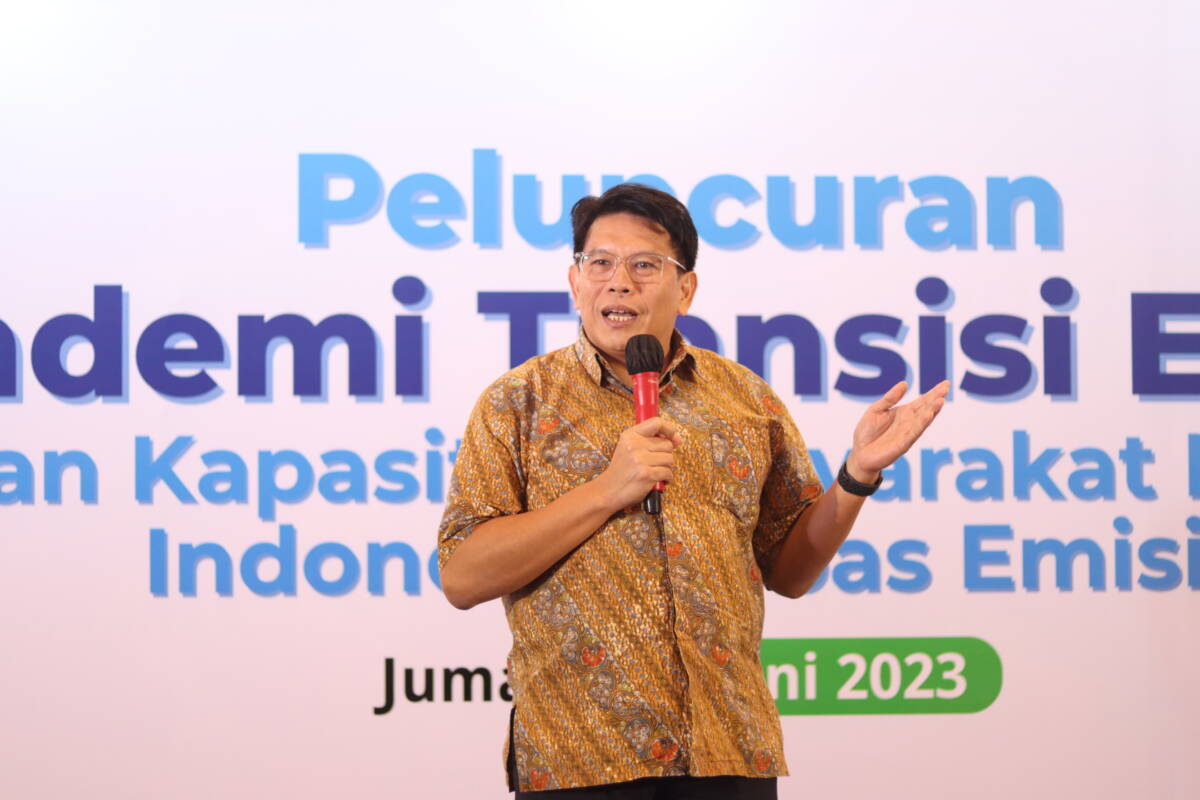Shanghai, June 11, 2025 — Cloudy and cool weather greeted the arrival of the Indonesian delegation during an official visit to JA Solar Technology Co., Ltd. in Shanghai on Wednesday (11/6). The visit was part of the 75 Years Indonesia-China Exchange Visit program organized by the Institute for Essential Services Reform (IESR) on June 10-14,…


